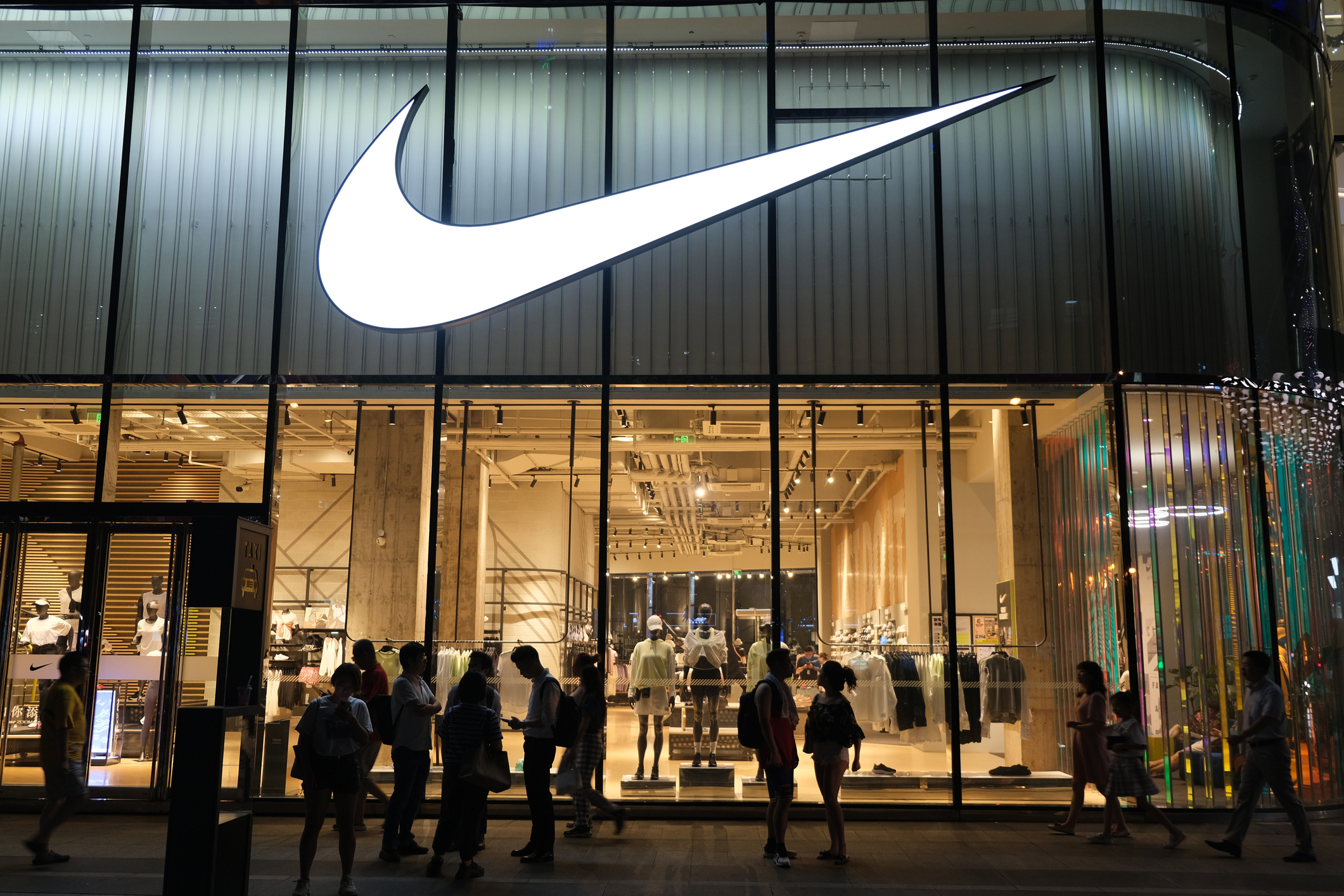
iStock.com/Robert Way
Why Is Nike’s Innovation Engine Sputtering?
Shares of Nike Inc. crashed about 20% on Friday after the sportswear leader slashed guidance for its coming fiscal year as newer models weren’t enough to offset weakness in classic footwear franchises.
Sales are now projected to fall by mid-single digits in its fiscal year that ends May 31, 2025, including a high-single-digit drop in the first half. Wall Street analysts had expected a 1% increase for the year.
Among the reasons analysts have cited for Nike’s shortfall:
Overreliance on classics
Nike blamed its fourth-quarter sales miss and lower guidance largely on weakness in its largest lifestyle franchises: Air Force 1, Air Jordan 1, and Dunk. Efforts to reduce supplies in those styles are being accelerated to make room for new innovations. Inventories of the Pegasus running range are also being reduced to support the launch of Peg 41, which has seen strong reviews.
Nike’s CFO Matt Friend said on an analyst call, “The intentionality around managing these franchises is that newness is what’s moving the consumer, and we wanted to move to more newness.”
Overreliance on lifestyle offerings
Jay Sole, an analyst at UBS, estimated that lifestyle products have grown to about 60% of Nike’s business. Dividing sales more equally between lifestyle and performance products would help Nike “restore its image as a sports brand and make its top-line growth rate more sustainable for the long term,” he wrote in a note. Sole said the shift will “likely take a few years to occur” and Nike may lose share in the lifestyle component of its business.
Wholesale underexposure
Nike has been emphasizing DTC growth since 2020 to capitalize on direct engagement with consumers, with the strategy including exiting several wholesale accounts. Nike last year began re-entering or reinvigorating its wholesale partnerships with retailers including DSW, Macy’s, and Foot Locker after finding that wholesale partners help scale innovation and newness.
On its analyst call last week, Nike’s CEO John Donahoe said the brand has spent “a lot of time leaning in with our wholesale partners” over the last fiscal year. He added, “We’ve had several wholesale partner summits. We’re exposing our three-year product innovation pipeline to them, and feedback has been very strong.”
Competitor pressures
Nike is seen losing share to Adidas, New Balance, and Puma in lifestyle offerings; Hoka, On, and Brooks in run; and Lululemon, Vuori, and Alo Yoga in athleisure offerings. Some see Nike losing share to brands able to deliver a sharper viewpoint with a narrower focus.
TD Cowen analyst John Kernan wrote in a note, “Nike has become overexposed to mid-tier, fashion-based trends that are being disrupted by more premium-based brands such as Hoka, On, Lululemon, and other upstarts that are appealing to consumers. The concept of being all things to all consumers in the sector is effectively over, and Nike management needs to pivot.”
Discussion Questions
Why have Nike’s latest innovations faced challenges scaling?
Which of the reasons cited in the article likely has played the largest role in Nike’s sales struggles?
